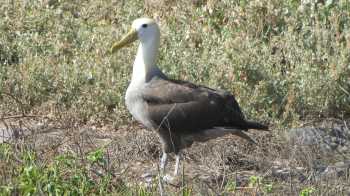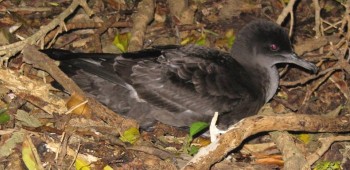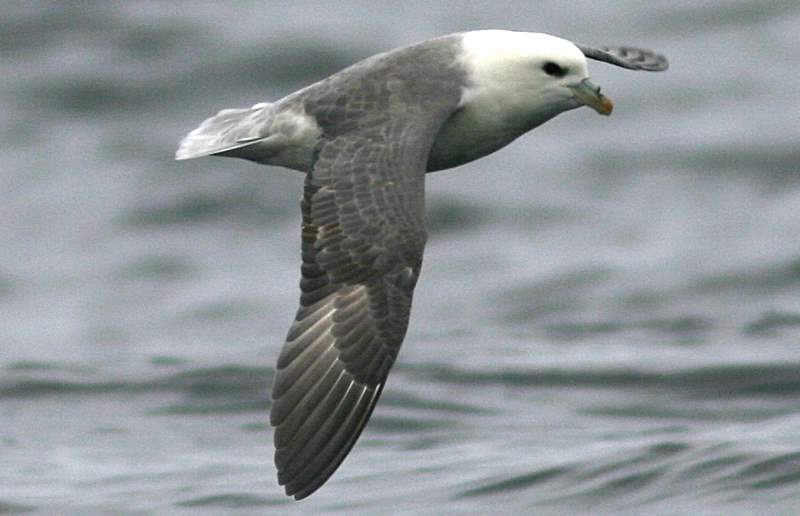Bruce Young (NatureServe, Arlington, USA) and James Zook have published in the journal Revista de Biología Tropical on seabirds seen in Costa Rican waters, including the ACAP-listed Black Petrel Procellaria parkinsoni and Pink-footed Shearwater Puffinus creatopus.
The paper’s abstract follows:
“Although the Eastern Tropical Pacific is well known for its diverse fauna, the seabirds occurring off Costa Rica’s Pacific coast have received little scientific attention. With seabirds now the fastest declining avian group, a better understanding of seabird diversity and abundance in this region is urgently needed. We report on observations of Costa Rica’s Pacific seabirds made during 19 days of observations on 11 offshore trips from 2006-2010. We provide, for the first time, spatially and seasonally explicit information on the distribution of 41 species of seabirds (nine families). Species diversity is higher during the dry-wet season (36 species) and wet-dry season transitions (36 species) than during the dry season (19 species). The fauna included three threatened species (Pterodroma phaeopygia, Procellaria parkinsoni, andPuffinus creatopus) and two near-threatened species (Psueudobulweria rostrata and Thalasseus elegans), highlighting the importance of Costa Rican waters for the conservation of seabirds.”

Black Petrel at sea, photograph by Biz Bell
Click here for a record of an ACAP-listed Waved Albatross Phoebastria irrorata in Costa Rican waters.
Reference:
2016. Observation frequency and seasonality of marine birds off the Pacific coast of Costa Rica. Revista de Biología Tropical 64 (Suppl. 1): S235-S248.
John Cooper, ACAP Information Officer, 28 March 2016

 English
English  Français
Français  Español
Español 


